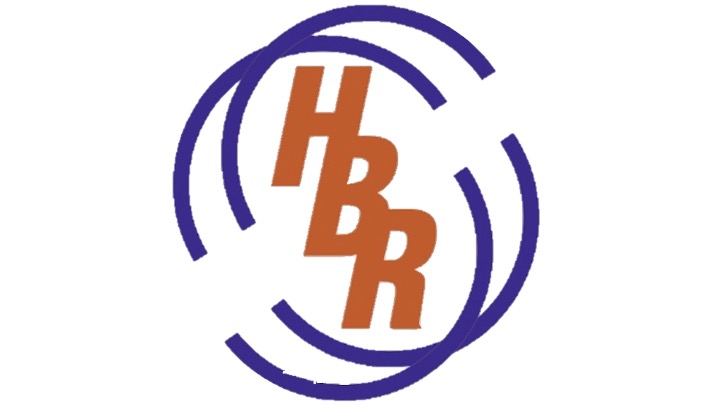Tips to Calculate Coil Inductance
Coil inductance refers to the coil’s ability to oppose any change in the electrical current flowing through it. Here are some tips and methods which you can try out to calculate coil inductance.
Using a Resistor to Calculate Coil Inductance
The first method to calculate and ascertain coil inductance would be to use a 100-ohm resistor with 1% resistance which should come with a brown, black, and brown band. To avoid inaccurate results, always perform the inductance test with a resistor that you have used before. Next, place the coil inductor next to the resistor and connect one end of the terminal of the coil inductor to the red lead of the resistor and the other exposed end to the black lead of the resistor, forming a complete circuit. Once that is done, connect the output leads to an oscilloscope, and the oscilloscope’s black leads to the black wire of your resistor. Using a function generator, set it to run an electric current of about 100 or 50 ohms through the circuit. You should then see a pair of sine waves displayed on the screen and the frequency of the current on the oscilloscope.
Take down the reading of the frequency which should be shown in kilohertz (kHz) so that you can calculate the inductance of the coil. Lastly, to calculate the inductance, use the following formula – L = R x sqrt (3) / (2 * pi * f). To make things easier, R is the resistance while f is the frequency. If it’s too complex, you may try using an inductance calculator to help you calculate the coil inductance.
Using an LCR Meter to Calculate Coil Inductance
Alternatively, you could use a handheld LCR meter to calculate coil inductance. This is because an LCR meter is like any other multimeter which measures details such as voltage and current. To do this, turn the LCR meter on and you should see a 0 displayed on the screen. If not, press the reset button once and you should see the screen display 0. For more accurate results, you could consider using a larger LCR meter.
Once it is switched on, turn the dial on the LCR meter to point to L which measures inductance. Then, set the LCR meter to 100 kHz at 1 volt. This is an adequate setting since LCAR meters are generally used to test at low currents and it is not advisable to test at too strong of a current as your inductor coil may not be able to handle such high currents. Next, connect the black and red leads of the LCR meter to the ends of the coil inductor. The screen of the LCR meter should then display the inductance of the coil inductor in microhenries (uH) and this marks the end of the test to calculate coil inductance by way of an LCR meter.
Why You Should Choose HBR Industries
Our team at HBR Industries is equipped with the knowledge and resources in helping you achieve your dream engineering projects and designs that you may have in mind but aren’t sure how to complete. We provide custom and specialty coil solutions and custom wire coil materials to fit the exact specifications and calibrations of your projects.

